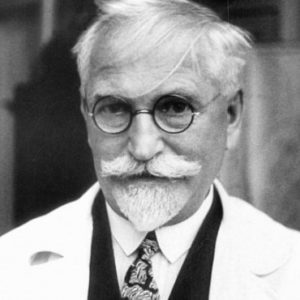
1860 - 1939
Alfons Maria Mucha
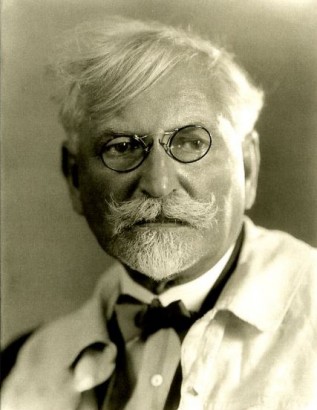
description
The famous Czech artist, one of the most famous representatives of Art Nouveau.
From childhood, he showed his musical and art abilities. He was brought up under the influence of two powerful cultural forces: the Catholic Church with the beauties of its service and attributes and the desire of the Slavs to be independent from the Austrian Empire.
Alfons Mucha was the author of decorative works and numerous posters in a bright, inimitable style, which brought him fame and wide popularity. In addition, the artist showed himself as a talented designer who designed the interior of Prague’s most famous modernist buildings – the Municipal House, the hotel “Europe” and “Imperial”, as well as an illustrator, a jeweler and a theater set designer. Since 1906, Alfons Mucha worked as a teacher at the Art Institute of Chicago, but after some time he returned home, to create a series of monumental paintings that reveal the history of the Slavic nation. Decorative works of the artist embody the aesthetics of his era and are the icon of Art Nouveau.
Key ideas:
– The famous style of Alfons Mucha is widely known all over the world. His manner was so popular that his contemporaries called all his works performed in Modernist style “Mucha’s style”. Sudden fame unknown to the then theatrical artist was brought by only one work – a poster of the production named “Gismond” in 1894, starring Sarah Bernhardt in the title role. The actress liked the poster so much that she not only signed a contract with a young designer for the next few posters, but also made him the main artist of “Renaissance” theater in Paris.
– Having received freedom in creative and material terms, Mucha began to work in a unique style, bringing amazingly beautiful and carefree young women to the forefront of his works. These ladies, surrounded by an exquisite background of plants, flowing fabrics and intricate ornaments served not only as posters for theater productions, but also advertised perfumes, bicycles and even cigarette paper. In addition, the artist was actively engaged in theatrical design, illustrations for famous works and design of jewelry. Whatever the master created, it immediately became incredibly popular and in demand in the bourgeois environment.
– The work of Alfons Mucha was of a decorative and applied character until 1912, when he decided to use his extraordinary talent to create a series of Symbolist paintings devoted to the history of Slavs. In these paintings, which were impressive in size, the firm decorativeness and smoothness of the line goes to the background, and the first place takes a deep meaning and patriotic sound. Before his death, the artist bequeathed these canvases to the people of the Czech Republic.
1860
1879
1887
1894
1897
1900
1904
1910
1926
1931
1939
1939
The birth of the artist
He earned a living from portraits
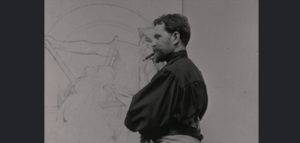
Entered Julian Academy
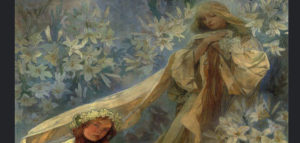
Completed a poster for the presentation of "Gismond"
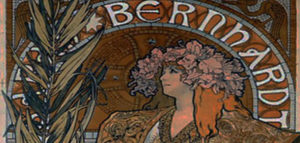
The artist's work became popular
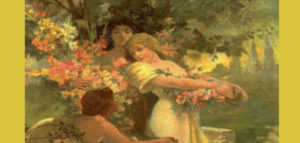
He designed the pavilion of Bosnia and Herzegovina
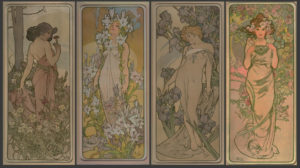
First visited the United States
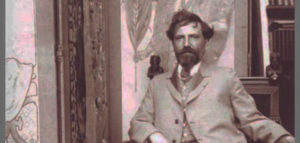
"Slavic epic"
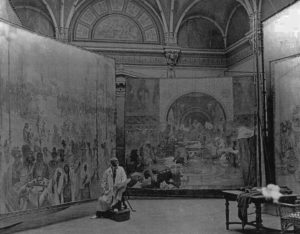
He donated the whole Slavic epic to Prague
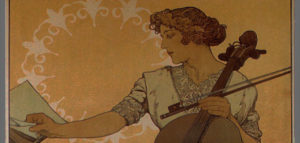
"Three Centuries"
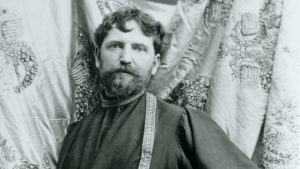
"Reactionary artist"

The death of the artist
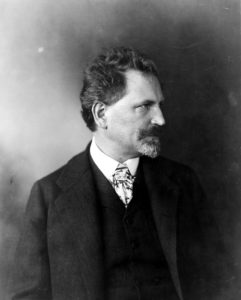
Alfons Maria Mucha
On Artist
flow
Symbolism
Synthetism
friends
Stanislav Vyspiansky
Jan Vercade
Jozef Mehoffer
Vladislav Podkovinsky
Vladislav Slevinsky
artists
Vincent van Gogh
Henri de Toulouse-Lautrec
By Artist
flow
Modern
artists
Georges de Faure
Elizabeth Sonrel
Leo Samoilovich Bakst
Evgeny Aleksandrovich Lansere
Alexander Yakovlevich Golovin
Ivan Yakovlevich Bilibin
Paul Harvey
Bob Masset
Wojtech Preissing
Joseph Christian Leyendecker
